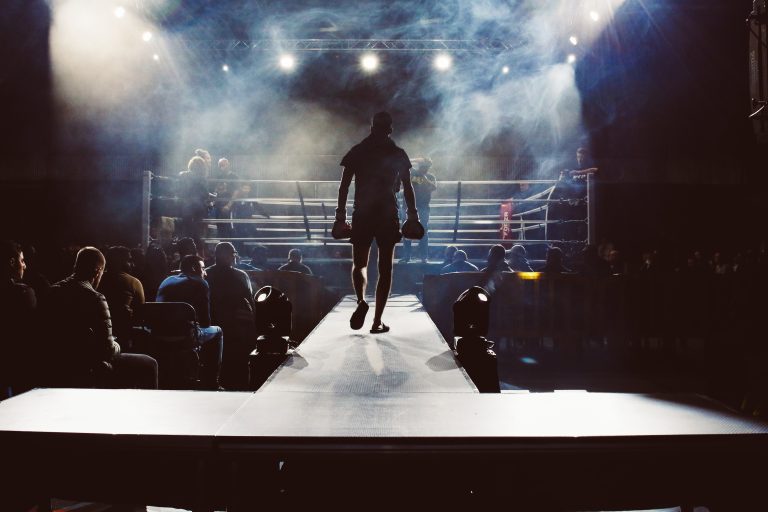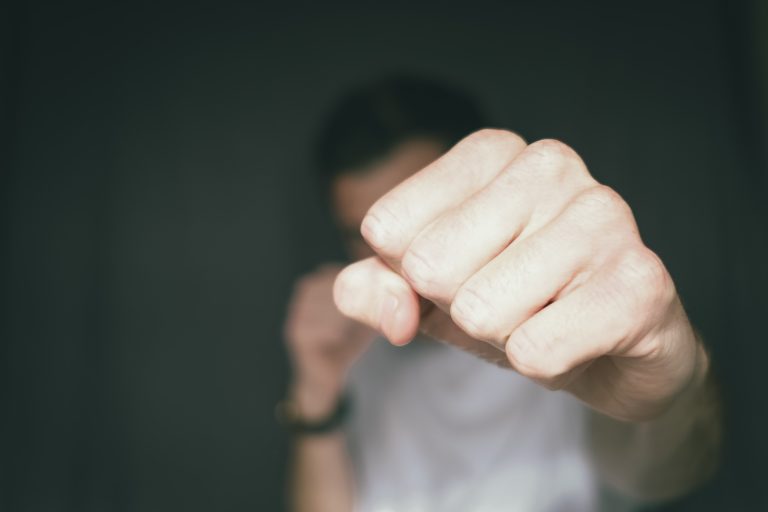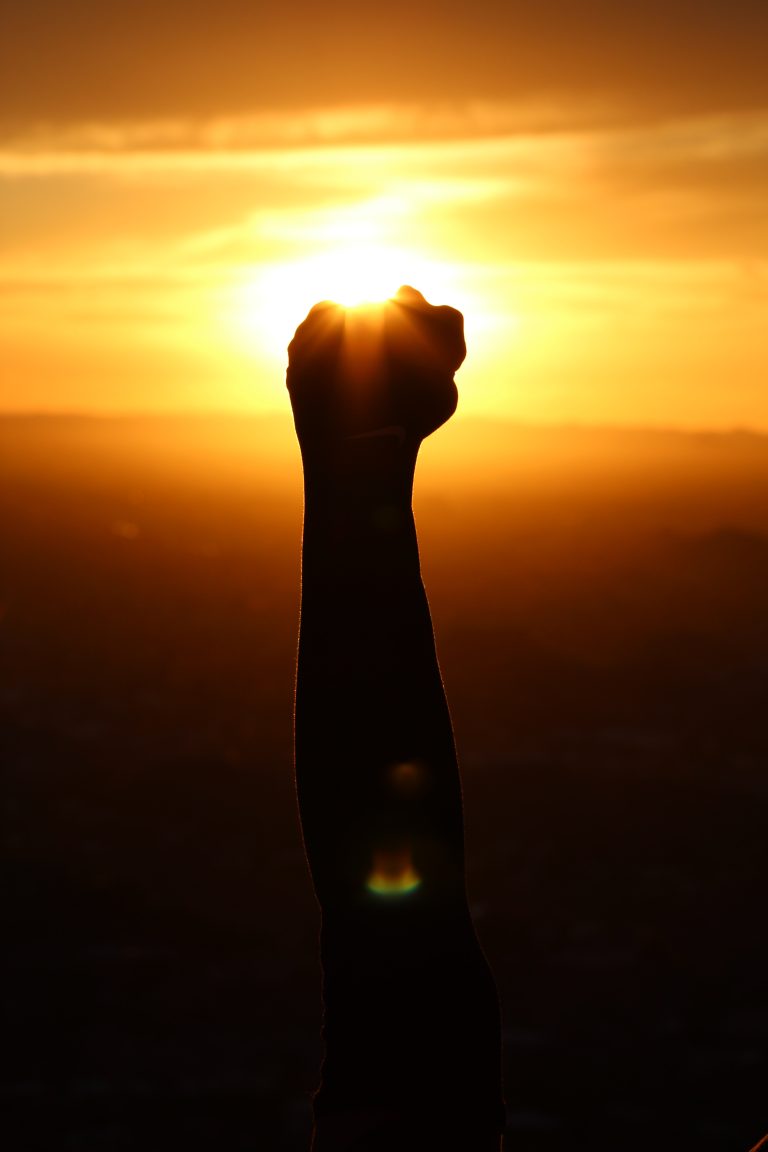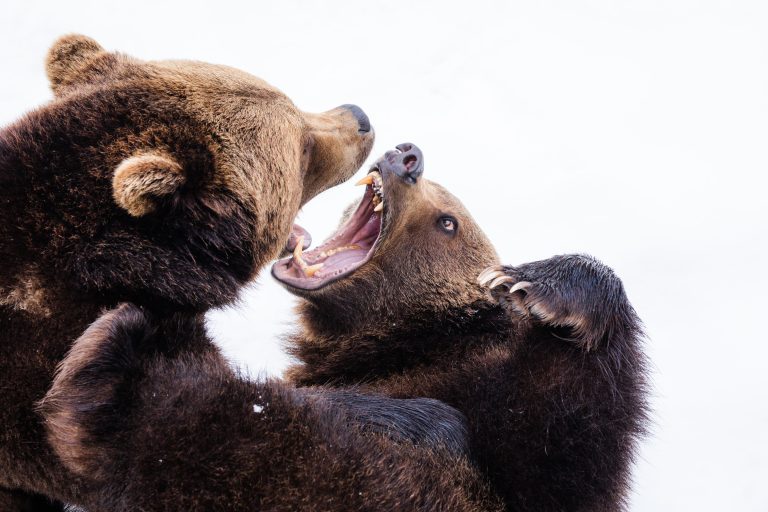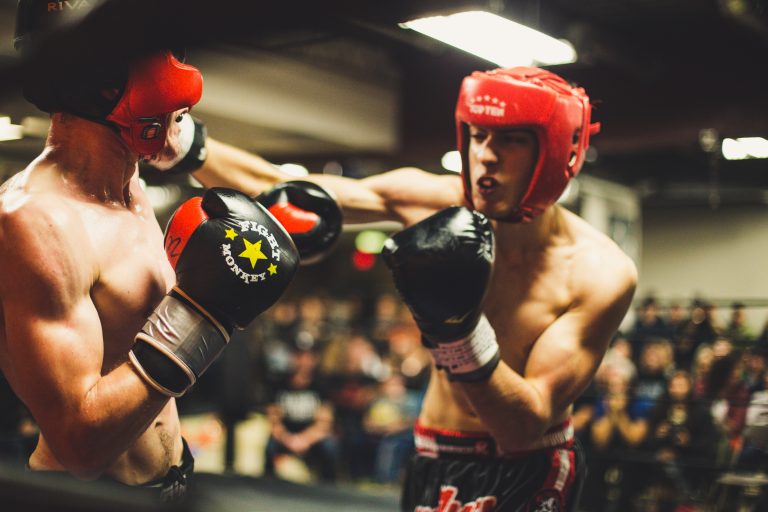Traditionelles Karate vs. modernes Karate
Karate ist eine japanische Kampfkunst, die im Laufe der Jahrhunderte viele Veränderungen erfahren hat. Traditionelles Karate und modernes Karate sind zwei Arten von Kampfkünsten, die sich hinsichtlich ihrer Philosophien, Techniken und Ziele erheblich unterscheiden. In diesem Artikel werden wir uns mit den Unterschieden zwischen traditionellem Karate und modernem Karate befassen.
Traditionelles Karate
Traditionelles Karate ist eine Kampfkunst, die in Japan entwickelt wurde und sich auf die Überwindung des Gegners durch Bewegungen und Techniken konzentriert, die auf der Kraft des eigenen Körpers basieren. Bei traditionellem Karate geht es jedoch nicht nur um Techniken und Körperbeherrschung, sondern auch um Selbstdisziplin, den Respekt vor älteren oder höhergestellten Schülern und dem Lehrmeister sowie die Weitergabe von Wissen und Fähigkeiten an zukünftige Generationen. Ein Schwerpunkt im traditionellen Karate liegt auf der richtigen Haltung und den Grundtechniken, wie der Faust- und Fußtechnik, Kicks und Stößen.
Modernes Karate
Modernes Karate ist die Weiterentwicklung des traditionellen Karate durch die Vereinfachung und Modernisierung der Techniken und Philosophien. Moderne Karate-Stile wurden entwickelt, um sich besser für den Kampf im Wettbewerb und als Selbstverteidigung zu eignen. Techniken wurden modifiziert, um sie effektiver und ansprechender für das Publikum zu machen, und es gibt weniger Betonung auf der Achtung vor älteren oder höhergestellten Schülern und dem Lehrmeister. Moderne Karate-Stile konzentrieren sich mehr auf Wettkampftechniken wie Tritt- und Schlagkombinationen. Ihre Bewegungen sind schneller und dynamischer.
Unterschiede zwischen traditionellem Karate und modernem Karate
Die Unterschiede zwischen traditionellem Karate und modernem Karate sind sehr deutlich. Traditionelles Karate beinhaltet eine stärkere Betonung der Selbstbeherrschung, Selbstdisziplin und Moral. Darüber hinaus legt es einen höheren Wert auf Grundtechniken, ein tiefes Verständnis für Bewegungen und Formen sowie die Wahrung von Traditionen und Werten.
Im Gegensatz dazu legt modernes Karate mehr Wert auf die Techniken, die für Turniere und Wettkämpfe wichtig sind. Die Bewegungen sind schneller und dynamischer, während traditionelles Karate mehr auf Haltung und Stabilität ausgerichtet ist. Es gibt auch weniger Betonung auf den moralischen Aspekten der Kampfkunst und weniger Wertschätzung für das Vermächtnis und die Tradition des Karate.
Fazit
Sowohl traditionelles Karate als auch modernes Karate sind wichtige Aspekte der Kampfkunst. Jeder hat seine eigenen Vorteile und Anwendungen, ob es um die persönliche Entwicklung oder die effektive Selbstverteidigung geht. Es ist wichtig, die Unterschiede und Ähnlichkeiten zwischen den beiden Stilen zu verstehen, um eine informierte Entscheidung darüber treffen zu können, welche Art von Karate am besten zu den individuellen Bedürfnissen und Zielen passt. Ob traditionell oder modern – Karate ist nach wie vor eine der effektivsten Kampfkünste, um den Körper zu trainieren, das Selbstvertrauen zu stärken und die eigene geistige und körperliche Gesundheit zu verbessern.
Traditionelles Karate vs. modernes Karate – What’s the Difference?
Karate is a martial art that originated in Okinawa, Japan, and it has since become popular around the world. The practice of Karate can be divided into two main categories: traditional Karate and modern Karate. While both forms of Karate may appear similar to the uninitiated, there are notable differences between them that can impact the training and overall approach to the practice. In this post, we will explore some of the most frequently asked questions about the differences between traditional Karate and modern Karate.
1. What is traditional Karate?
Traditional Karate (Okinawa-Te) is the form of Karate that originated in Okinawa, Japan, and it is the oldest and most conservative style of Karate. It is rooted in the traditional martial arts practices of Okinawa and is more focused on self-defense and character development than sport or competition. Techniques in traditional Karate are practical and efficient, without unnecessary movements or flashy techniques. The training approach is holistic, emphasizing not only physical but also mental and spiritual aspects of the art. Traditional Karate is typically taught by senior instructors who have extensive experience in the art, and the training is usually conducted in a structured and disciplined manner.
2. What is modern Karate?
Modern Karate, also known as sport Karate, is an evolution of traditional Karate, with a greater focus on competition, athleticism, and aesthetic techniques. The sport-oriented approach utilizes a points-based system in which practitioners score points for landing strikes or executing techniques against an opponent. The training approach is more flexible and less structured, with a greater emphasis on physical conditioning and sparring. Modern Karate is typically taught in commercial schools with a focus on building up a large student base, as opposed to the exclusive and selective nature of traditional Karate dojos.
3. What are the differences in technique between traditional and modern Karate?
In traditional Karate, techniques are focused on practical self-defense and effective striking, often using direct and simple movements. There is a greater emphasis on functional techniques, such as joint locks and throws, as well as counter-attacks and defensive techniques. In contrast, modern Karate techniques are designed to score points in competition, with more flashy and stylized movements. This often includes jumping and spinning kicks, acrobatic strikes, and other aesthetic techniques. The focus on competition means that traditional Karate practitioners may not perform well in formal competitions unless they train extensively in sport Karate techniques.
4. What are the differences in training approach between traditional and modern Karate?
Training in traditional Karate is typically more structured and rigorous, with a focus on developing character and self-discipline. The training approach emphasizes the traditional values of respect, humility, and perseverance. Practitioners train in basic techniques, kata (pre-arranged forms), and kumite (sparring) with a focus on proper technique and form. The training is also more selective, with instructors typically choosing which students to accept into the dojo based on their commitment and attitude. In contrast, modern Karate training is often more flexible and less structured, with a focus on physical conditioning and sparring practice. The training approach is typically more commercial, with schools focused on attracting and retaining as many students as possible.
5. Which one should I choose – traditional or modern Karate?
The decision between traditional and modern Karate ultimately depends on the individual’s goals and preferences. If one is interested in practical self-defense, character development, and a more structured and disciplined approach, then traditional Karate would be a better fit. On the other hand, if one is interested in competition, athleticism, and a more flexible and commercial approach, then modern Karate might be a better choice. Ultimately, both forms of Karate have their merits and drawbacks, and the practitioner should choose based on their personal goals and preferences.
Conclusion
In conclusion, while traditional and modern Karate may appear similar on the surface, they have notable differences in technique, training approach, and philosophy. Traditional Karate is more focused on practical self-defense and character development, while modern Karate emphasizes competition and athleticism. Ultimately, the decision between the two forms of Karate relies on the individual’s goals and preferences.
Inhaltsverzeichnis

